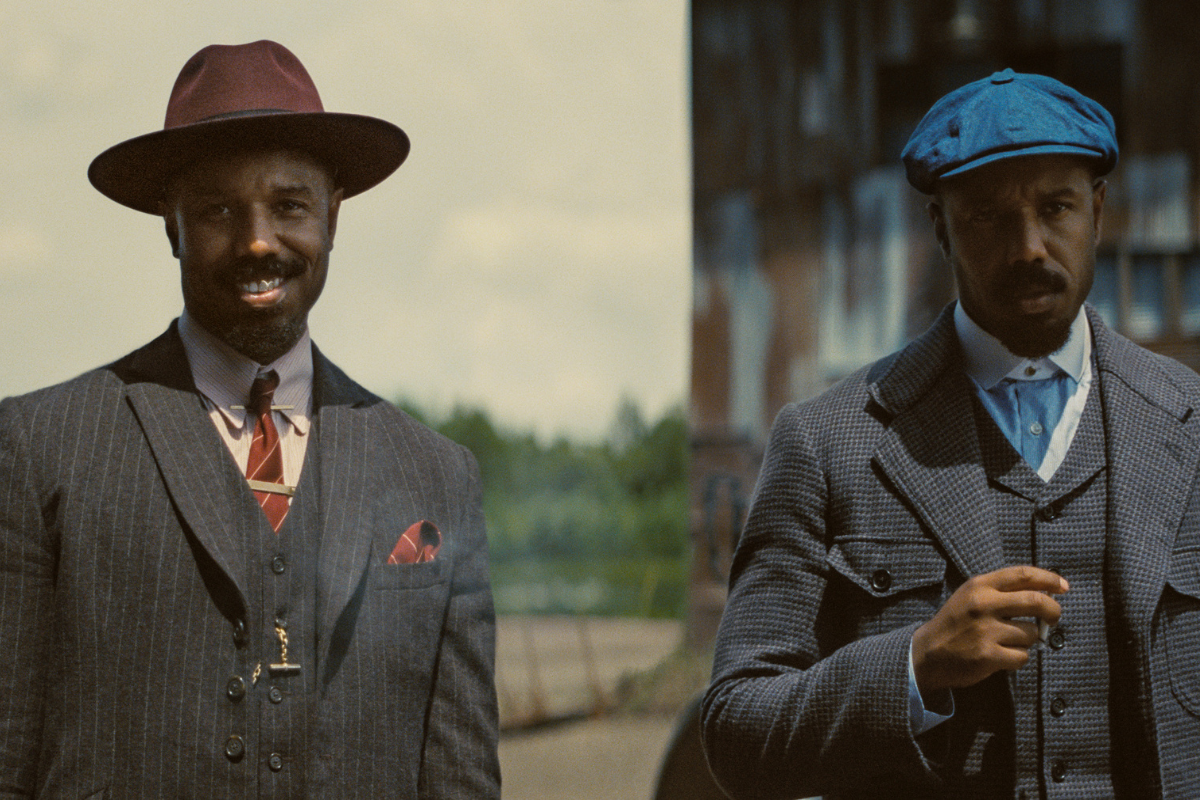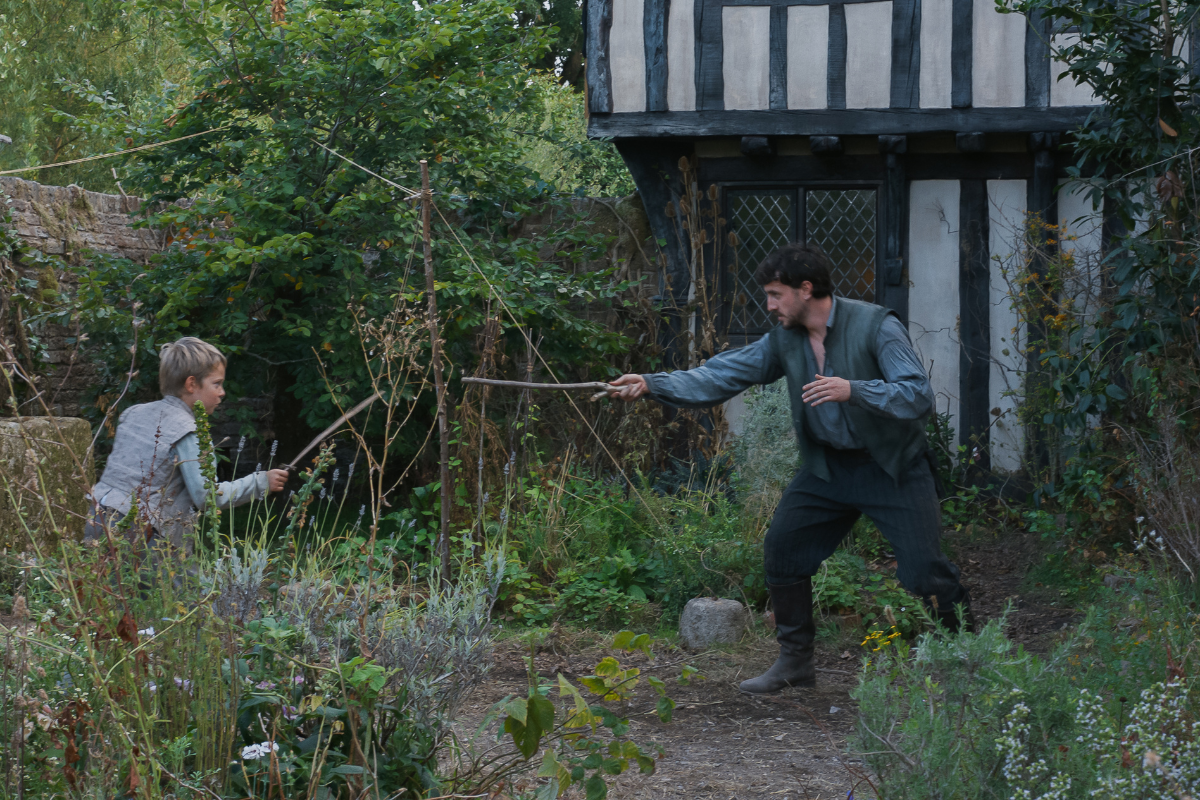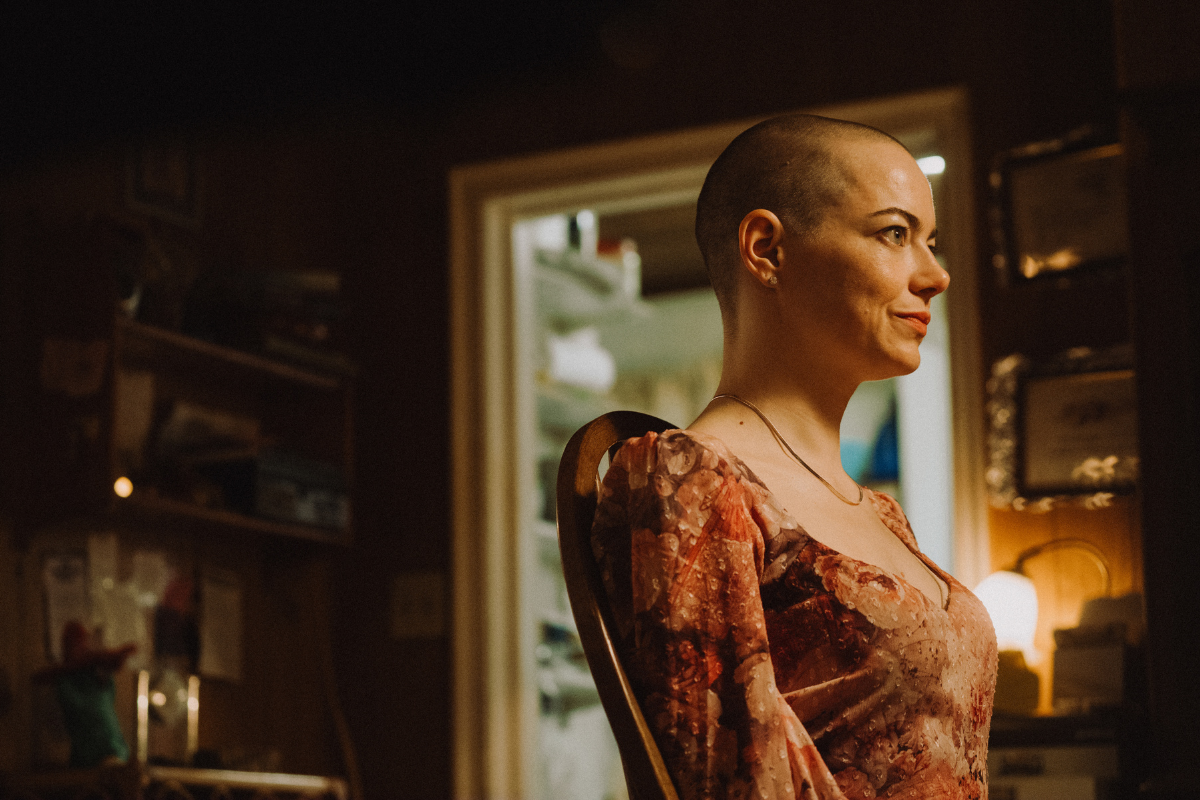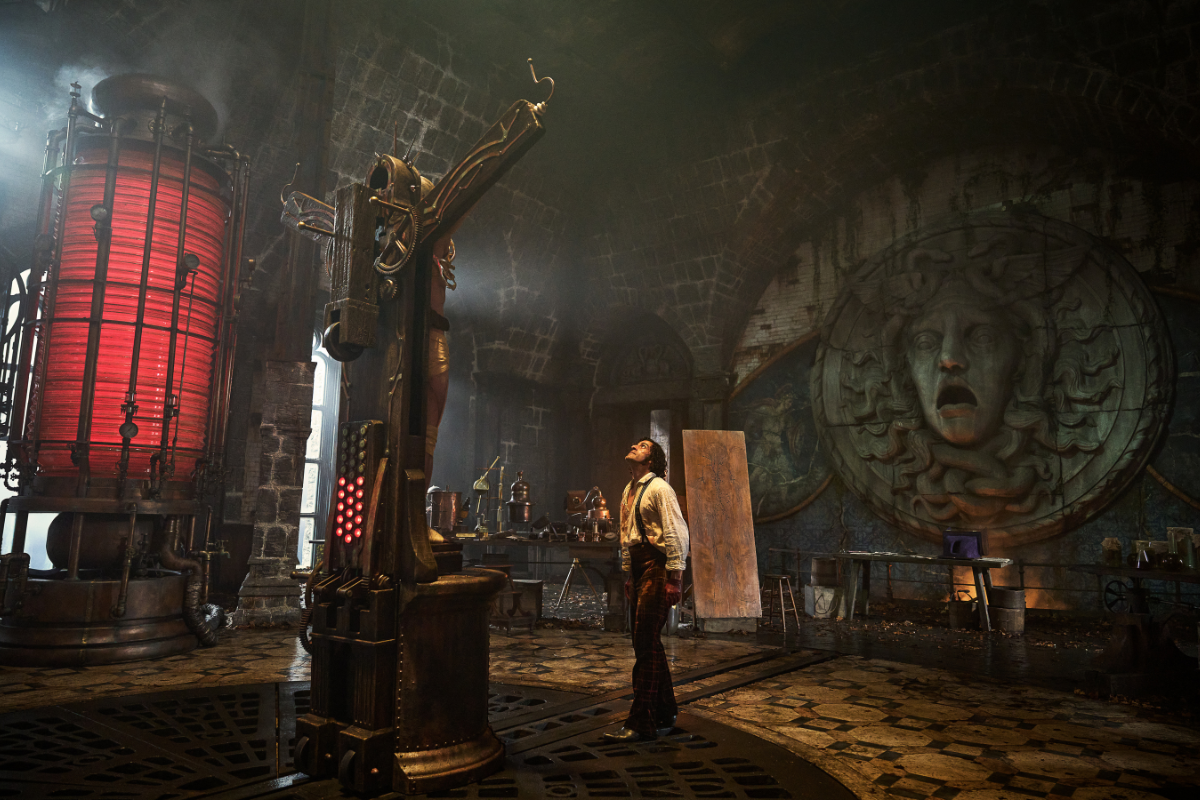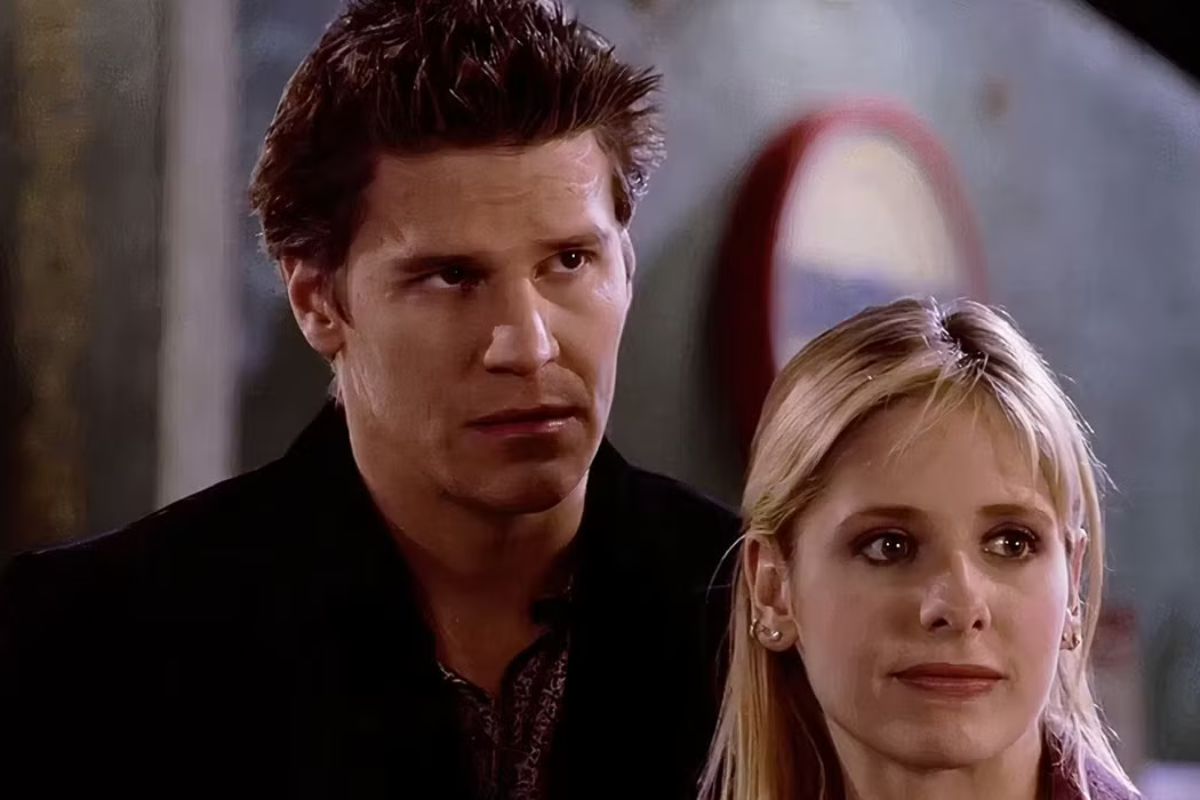Specs & The City: Archetypes – The Herald and Fellowship of the Ring
If there’s one unbreakable rule in screenwriting, it’s this: Don’t Suck. And one of the most surefire ways to show that you suck is to stay away from clichés in…
If there’s one unbreakable rule in screenwriting, it’s this: Don’t Suck. And one of the most surefire ways to show that you suck is to stay away from clichés in your script. All in all, that’s good advice. Clichés show a lack of imagination, and make your story bland and predictable. But sometimes, writers take this advice and go too far with it, making everything in their script so different, that it’s no longer relatable.
This is just as big a problem as employing cliché, especially when it comes to the characters that populate the world of your screenplay. It’s important to remember certain story themes are universal; they’re vital in helping you engage the largest audience possible. These themes can be effectively implemented in your story utilizing character archetypes. From Carl Jung psychoanalysis of personality types, to Joseph Campbell’s The Hero’s Journey, character archetypes are used to explain similarities in the human experience regardless of one’s culture and, by doing so, allow your audience to tap in to the collective and universal human experience. Because of this, it should be obvious why utilizing archetypes would be an appealing way to develop your own characters.
Over the next several columns, I’ll be discussing the most common archetypes – Herald, Threshold Guardian, Shadow, Trickster, Mentor, and Shapeshifter – and providing examples of each to illustrate what makes them unique, and how each archetype functions within a screenplay. So let’s jump right in and talk about…
Archetypes: The Herald and Fellowship of the Ring
Heralds can run the gamut in terms of the size of their role in the overall story. But whether they’re a core member of the central plot, or just a one scene cameo (think, a TV reporter that gives the one piece of information the Hero needs), their role is the same: to relay important information to the Hero, and set them on the first steps of their journey. Basically, they give your protagonist the kick in the pants needed to start their journey of change. The character of Gandalf in Fellowship of the Ring is a classic Herald character. As Gandalf discuss the one ring with Frodo, he’s also explaining the backstory of why the ring is so dangerous and so important (audience exposition is another important role played by the Herald). We quickly get a feasible reason why Gandalf can’t dispose of the ring himself…
GANDALF
Understand, Frodo…I would use this Ring from a desire to do good…but through me, it would wield a power to great and terrible to imagine
…which draws Frodo to make his own conclusion and bring a choice to the forefront…
FRODO
But it cannot stay in the Shire!
GANDALF
No, no, it can’t.
…and then Gandalf quite literally spells out the quest for Frodo…
FRODO
What must I do?
GANDALF
You must leave, and leave quickly. Get out of the Shire.
FRODO
Where? Where shall I go?
GANDALF
Make for the village of Bree.
And just like that, we’re off. In a matter of a few pages, our Herald has explained the backstory to the audience, established the importance and danger of the quest, explained why our Hero is the one who must embark on the quest, and laid out the detailed plan of the quest itself (albeit just the first stage of a much larger eventual quest). Now go back and reread the beginning of your script... Who is the Herald? Do they perform their role as effectively as Gandalf does?
Until next time, keep it secret…keep it safe, and keep writing.
Related Articles and Tools to Help:
Brad Johnson is a screenwriter and producer who has placed in multiple competitions including Final Draft Big Break and the Walt Disney Television Writing Program. He has served as a judge for the Nashville Film Festival and the NYC Midnight Short Screenplay Challenge, and worked as a script consultant through his website, ReadWatchWrite.com. You can follow Brad on Twitter @RWWFilm.


